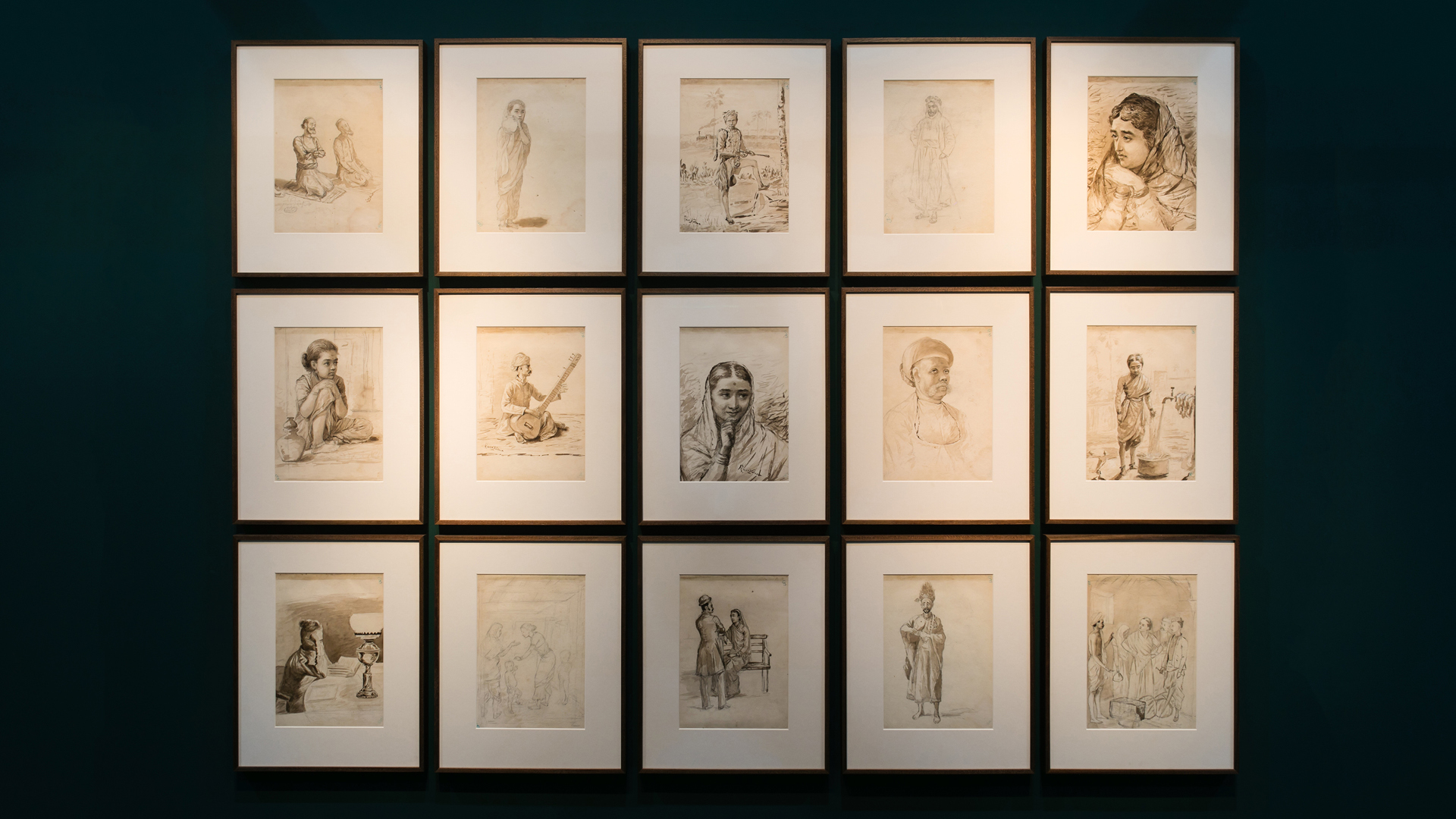
About DAG
Established in 1993 as an art gallery, DAG has grown exponentially to become India’s leading art company with a comprehensive collection starting from the eighteenth century onwards. From acknowledging recognised masters to restoring the legacies of generations of artists marginalised over time, from acquiring the custodianship of artists’ studios and estates to bringing back to India works associated with Indian art and heritage from overseas, DAG has revisited the history of three centuries of Indian art practice with a repository of artists that, taken together, tell the story of Indian art.
In the over three decades since DAG’s foundation, the Indian art world has seen far-reaching changes in which the company has played a stellar role. Its iconic exhibitions that are curated to provide historical overviews have brought to the fore important artists neglected through the passage of time while also documenting critical art movements and collectives. New generations of art lovers have been able to reclaim the inheritance of forgotten masters through DAG’s pathbreaking curations at its galleries as well as participation in international art fairs, and collaborations with museums and cultural institutions in India and abroad.
At the heart of the company’s programming is ongoing curatorial enquiry and exploration for its exhibitions; a rigorous publishing calendar with an impressive library of books to document Indian art history; a museums programme focussed at engaging the public to increasingly democratise its outreach; commissioning of videos and films in relation to artists and their work; and engagements with artists, critics and the art community at large. Through these initiatives, DAG remains steadfast in its commitment to foster an appreciation for, and the dissemination and promotion of Indian art.
An important aspect of the company’s collaborative efforts has been to work with institutions and museums, whether for hosting DAG-organised exhibitions or for establishing immersive public-private museum exhibitions such as those undertaken at Delhi’s Red Fort (Drishyakala) and Kolkata’s Old Currency Building (Ghare Baire) with the Archaeological Survey of India. Set up as museums, these exhibitions ran for periods of three years and two years, respectively, garnering an amazing response from large numbers of viewers.
DAG recently acquired Jamini Roy’s studio-cum-house in Kolkata and is in the process of setting up its first single-artist museum dedicated to the National Treasure artist. It has galleries in Mumbai, New Delhi and New York.
A BRANDING
HISTORY OF DAG
Ashish Anand,
CEO & MD
A visionary who has led DAG since its inception, Ashish Anand has singularly shaped India’s largest art company that was set up in 1993.
Anand joined the company in 1996 as a self-taught entrepreneur who set about building South Asia’s most formidable art collection, creating an unparalleled repository for DAG.
The company, under Anand, has grown into a multi-location presence with prestigious galleries in New Delhi, Mumbai, and New York, partnerships and collaborations with national cultural institutions and museums, and a major resource for curators, scholars, and researchers. He is dedicated to the democratisation of art, a pursuit that remains close to his heart.
Anand’s quest for excellence in every sphere of promoting art and artists springs from a keen eye and an emphasis on international best practices and experiential learning. It is his belief that art is a cultural treasure of which he is a mere custodian. His pioneering interventions in the Indian art world have seen forgotten masters being restored to their deserved legacies and the retrieval of schools and styles of art from the past being resuscitated for future generations to enjoy as part of their cultural history.
Named ‘Collector of the Year’ by India Today in 2017 and recognized as an authority on Indian art by the global art community, Anand continues to dedicate his time and life to the single-minded pursuit of art advocacy, support, and conservation.


